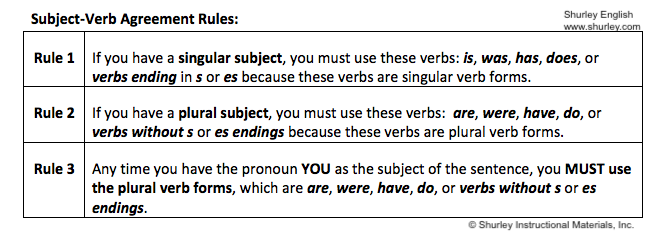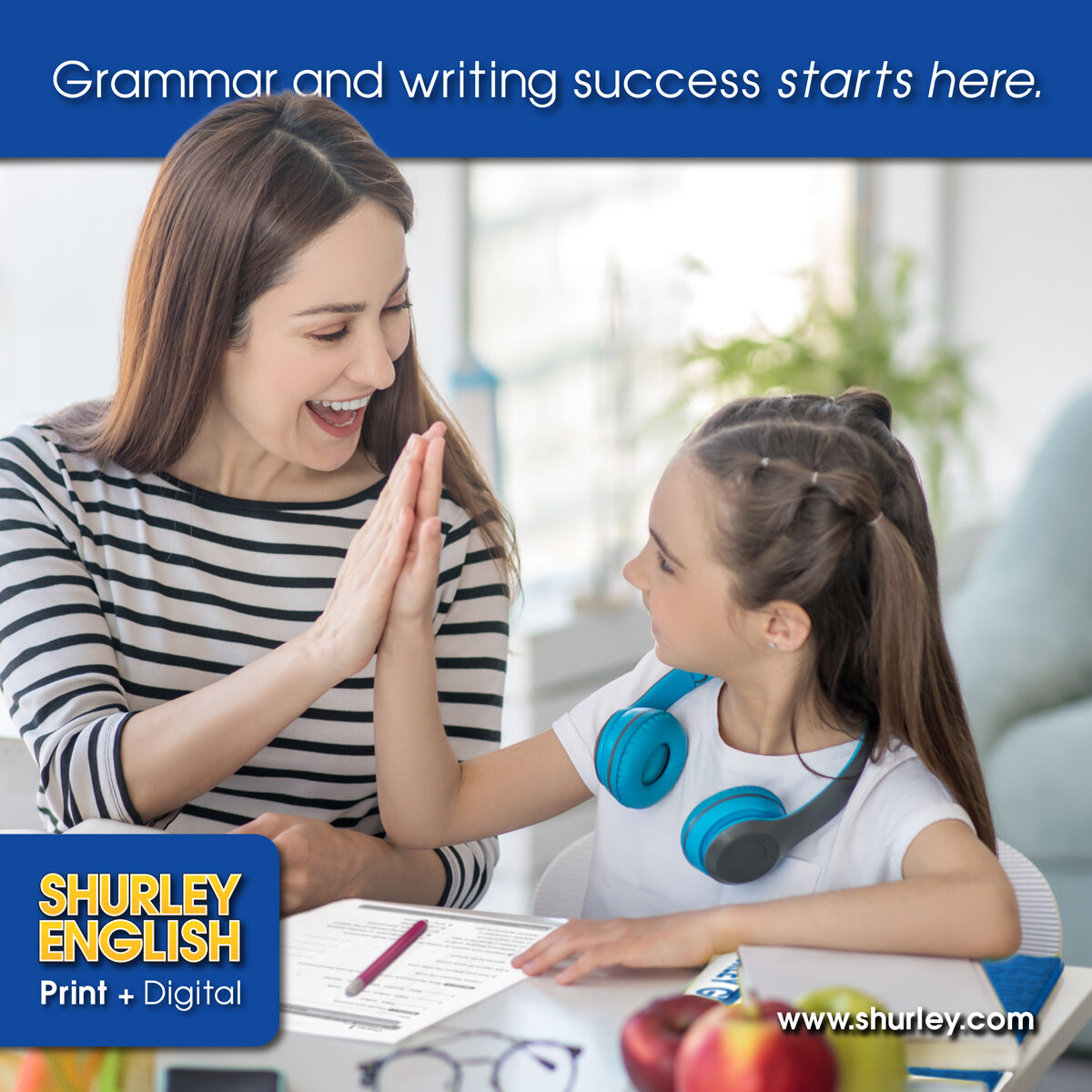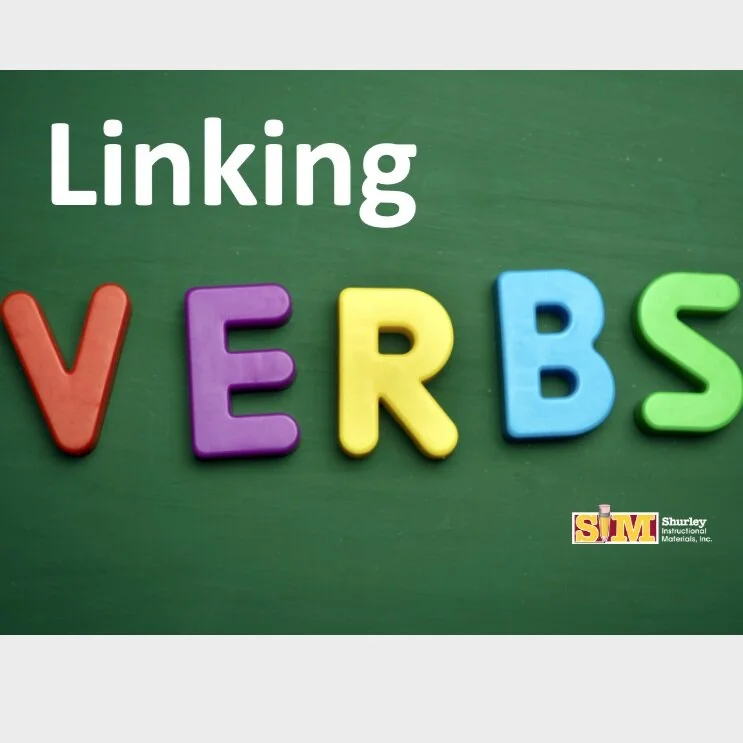What is Shurley English?
/When someone asks me to tell them about Shurley English in a nutshell, I still experience a nanosecond of wondering where to begin. I mean, hey, it’s no easy task to capture the unique features of the curriculum and explain how they help students make the language arts connection using the fewest possible words! Besides that, as the senior consultant, my preference is to take at least a full day to expound!
The best way I can go about sharing Shurley English in a nutshell is to roll out three key points: 1) our purpose, 2) our goal, and 3) the methods we use to accomplish the goal. With that being said, here’s my spiel:
Our Purpose:
As a family-owned U.S.-based company, our mission is to empower ALL students to become competent, confident communicators. That’s our sole purpose, and we take it seriously!
Our Goal:
The overall goal of our curriculum is to teach abstract language arts concepts in a clear and logical way, using concrete, multi-sensory strategies. Our experts have organized the curriculum logically, sequentially, and systematically to support all types of learners.
Our Methods:
The method used to accomplish the overall goal teaches a unique combination of features necessary to build a solid literacy foundation. (Check out our "Making the Connection" wheel.) The Teacher’s Manual provides step-by-step instructions to teach the knowledge and skills necessary to make the connection. It also provides ample opportunities for students to practice the knowledge and skills they learn.
When a student understands the eight parts of speech and how they work together to build sentences, they are more capable of writing a good sentence. Once they can write a good sentence, they can be taught how to organize sentences together to write good paragraphs. As they learn to write well-structured paragraphs, students can be shown to organize paragraphs into essays properly. The pinnacle of success is when a student can write for all purposes using sentences, paragraphs, and/or essays that exude language arts competence and confidence!
Whew! That’s what I call Shurley English in a Nutshell! Want to see it in action? We invite you to visit our website at www.shurley.com.








































































































